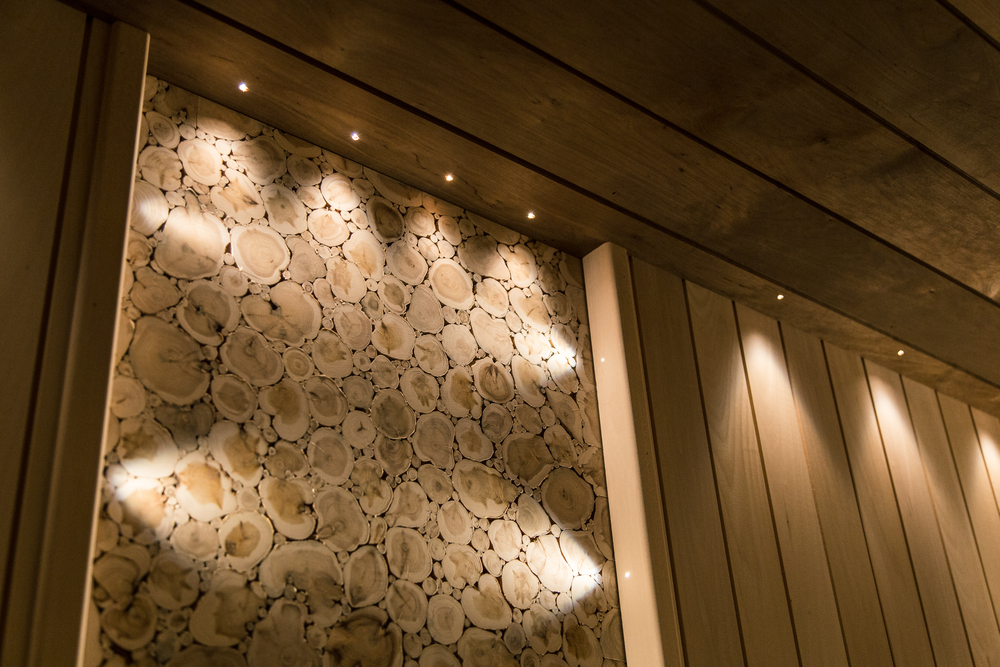Accent Lighting: Adding Drama and Depth to Your Outdoors
Accent Lighting: Adding Drama and Depth to Your Outdoors
Blog Article

While general outdoor lighting provides illumination for safety and functionality, accent lighting is the key to taking your outdoor space from practical to spectacular. It's the artistic touch that adds drama, depth, and intrigue, transforming your landscape into a captivating nighttime scene. Accent lighting focuses on highlighting specific features, creating focal points, and adding layers of visual interest to your outdoor environment. This article explores the art of accent lighting and how you can use it to elevate your outdoor design.
The Power of Focus:
Accent lighting is all about drawing the eye to particular elements. It's about showcasing the beauty of a prized sculpture, the intricate texture of a tree's bark, or the soothing flow of a water feature. By strategically placing lights, you can create visual drama and highlight the features you love most about your outdoor space.
Techniques for Effective Accent Lighting:
Several techniques can be used to achieve different accent lighting effects:
Spotlighting: This technique uses a focused beam of light to highlight a specific object, such as a statue, a fountain, or a particularly beautiful plant. Spotlights create a dramatic effect, drawing attention to the chosen feature and making it a focal point of the landscape.
Uplighting: Directing light upwards towards a feature, such as a tree, a wall, or an architectural detail, creates a sense of grandeur and drama. Uplighting emphasizes the height and texture of the object, adding depth and dimension to the scene.
Downlighting: Casting light downwards from above, such as from a tree branch or a pergola, creates a soft, natural illumination that highlights the area below. Downlighting is ideal for accenting pathways, flowerbeds, or small garden features.
Silhouetting: Placing a light source behind an object creates a dramatic silhouette effect against a lighter background. This technique works particularly well with plants that have interesting shapes or textures, creating a sense of mystery and intrigue.
Backlighting: Similar to silhouetting, backlighting illuminates an object from behind, creating a glowing effect and highlighting its shape and details. This technique is often used to showcase translucent objects or plants with delicate foliage.
Choosing the Right Fixtures:
The style of your accent lighting fixtures should complement the overall aesthetic of your outdoor space and your home's architecture. Consider the following factors:
Material and Durability: Outdoor fixtures are exposed to the elements, so choose durable, weather-resistant materials like cast aluminum, copper, or stainless steel.
Finish: The finish of your fixtures contributes to the overall look. Consider finishes like black, bronze, or brushed nickel.
Size and Scale: Choose fixtures that are appropriately sized for the features you're highlighting.
Beam Angle: Select fixtures with the appropriate beam angle for the desired effect. Narrow beam angles are ideal for spotlighting, while wider beam angles are better for washing larger areas with light.
Color Temperature: Consider the color temperature of the light. Warm white light (2700-3000K) creates a welcoming and inviting feel, while cool white light (4000-5000K) is better for highlighting specific colors or textures.
Planning Your Accent Lighting Design:
Before installing any lights, it's essential to plan your accent lighting design carefully. Consider the following:
Focal Points: Identify the key features you want to highlight in your outdoor space.
Layering: Combine accent lighting with other types of outdoor lighting, such as ambient lighting or pathway lighting, to create depth and visual interest.
Viewing Angles: Consider how the lighting will look from different perspectives, both inside and outside your home.
Balance: Distribute your accent lighting evenly to create a balanced and harmonious look. Avoid over-lighting any one area, as this can create a harsh and overwhelming effect.
Installation and Maintenance:
While some simple accent lighting projects can be DIYed, it's often best to hire a qualified electrician for more complex installations. Safety is paramount when working with electricity. Regular maintenance is essential for keeping your accent lighting looking its best. Clean fixtures regularly to remove dirt and debris, and check bulbs and replace them as needed.
By strategically using accent lighting, you can transform your outdoor space into a captivating nighttime environment, highlighting its beauty and creating a unique and personalized ambiance. Accent lighting is the finishing touch that adds drama, depth, and personality to your outdoor design.